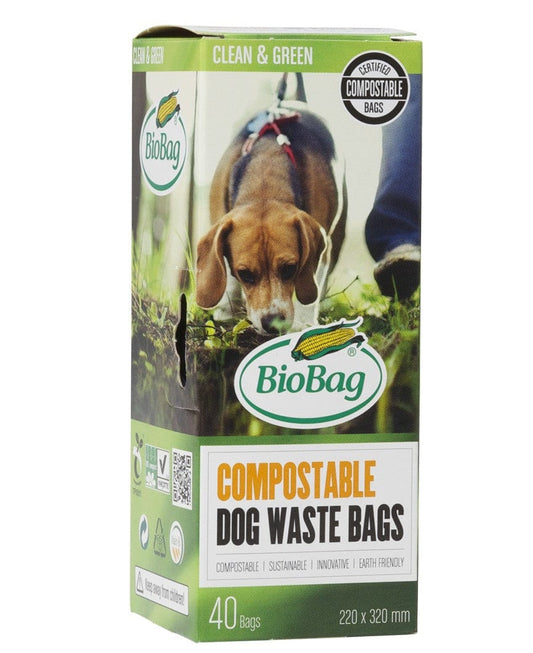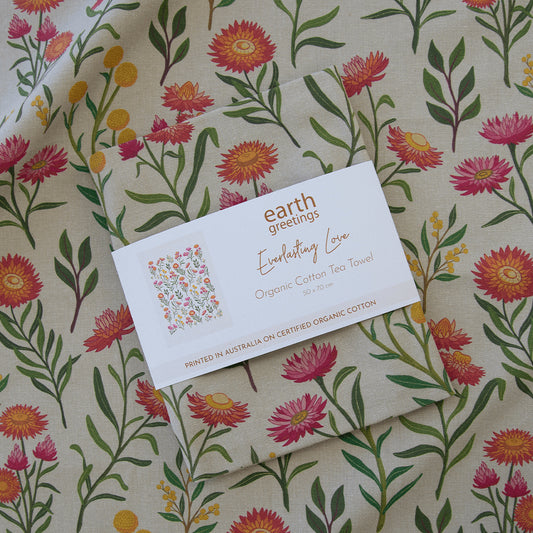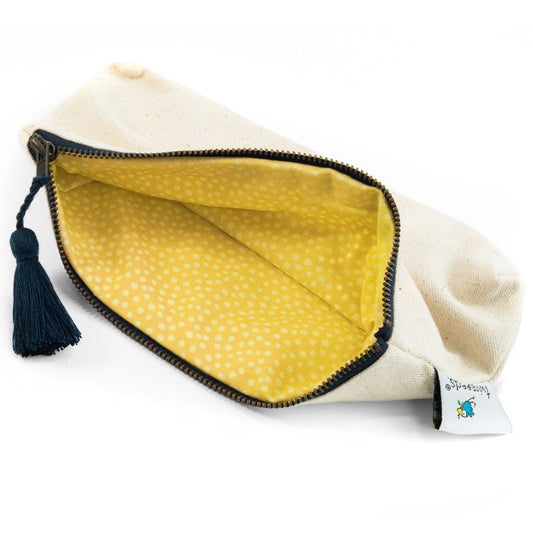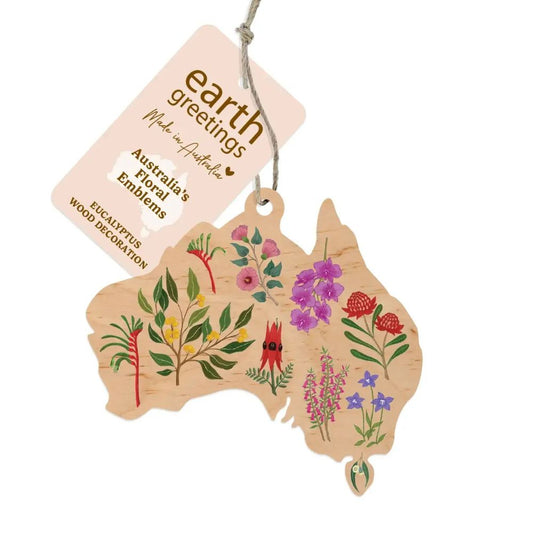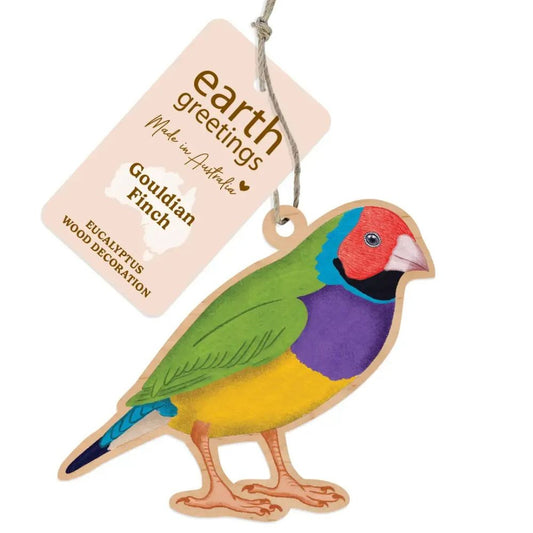Camping is the best way to connect with nature, and continuing to enjoy nature means ensuring you leave it exactly as you found it. Here are our top tips for low impact camping so that all you leave behind are your footprints.

Camping is one of the best ways to connect with nature. Breathing in the fresh air, taking in picturesque and seemingly-untouched surroundings, and admiring incredible local wildlife and culturally significant sites is a truly restorative experience. However, to enjoy nature responsibly and ethically is to make sure you leave it exactly as you found it. In this guide, we explain what minimal impact camping is, and share our top minimal impact strategies to ensure that your footprints are the only thing you leave behind.
What is Minimal Impact?
Minimal impact is a code of practice that applies to all people using natural areas. Minimal impact refers to maintaining the ecological and intrinsic values of natural settings during outdoor recreation. Ecological values refer to protecting the living organisms within natural environments, while intrinsic values refer to the scenic features, cultural heritage, and water catchment in the area. Essentially, to practice minimal impact is to leave little to no trace of your presence when visiting natural environments. The minimal impact code is designed to be applied to all outdoor activities including camping, hiking, rock climbing, and cross country skiing.
What is Minimal Impact Camping?
Minimal impact camping means leaving no trace when camping in natural landscapes. Many people have taken to camping alongside the beautiful coastlines, rivers, and bushlands of Australia to experience the wonders that fall just beyond our doorsteps. While camping is a wonderful activity, it can have disastrous impacts on the environment and local wildlife if done carelessly. All campers should aim to uphold the minimal impact camping code, which implores us to respect the environment, its hosts, and its wildlife during our adventures. We are also encouraged to clear all traces of our adventure once the trip has concluded. Minimal impact camping techniques are continually evolving and improving. However, ‘Leave No Trace' Australia has identified seven key principles to uphold while camping to ensure you're doing so safely and responsibly.
Leave No Trace Australia
Leave No Trace is Australia's national minimal impact program. Its mission is to promote and inspire responsible behaviour during travel and recreation. While strict rules are essentially impossible to enforce (given how many Australians camp throughout the country at any one time), Leave No Trace Australia has created seven pillar principles for each and every camper to follow. These guidelines help to ensure we are respecting the natural surroundings and its inhabitants while setting out on our adventures.
1. Plan Ahead and Prepare
First, consider the goals of the trip. It's a good idea for your group to gather local information, communicate expectations with one another, and ensure you are equipped with the appropriate technical skills, first-aid knowledge, and supplies. Leave No Trace Australia recommends having a plan in place should an injury or extreme weather event take place. This will help you avoid a situation where you may be tempted to abandon ‘no trace' techniques. For example, if you are ill-prepared to deal with extreme heat, you may be inclined to cut and reposition branches for shade. This interferes with the natural environment and therefore breaks the minimal impact code. Adequate planning and preparation will help to prevent such situations.
2. Travel and Camp On Firm Ground
Our footsteps can significantly impact the environment we tread upon. When we walk upon the natural earth, we run the risk of damaging local vegetation and causing long-term soil erosion. In some particularly sensitive environments, recovery from our presence can take up to 25 years. When we tread on land, we may also destroy the habitats for insects, snails, fungi, and other living animals that feed on the ground's decaying plants. Where you can, it's best to stick to impact-resistant surfaces such as hard sand, gravel, rock, and dry grass. Try to avoid walking on soft surfaces, such as plants, muddy sites, and fragile soil. Hike on durable surfaces to prevent erosion from occurring, and stick to trails and designated campsites where possible. If you're making your way across a coastline without a trail, hike during low tide. At low tide, hard sand, rock, and gravel will be exposed, which are less vulnerable to our footsteps than the softer grounds that appear during high tide. Do take care not to crush intertidal life (such as mussels and barnacles) as you walk.
3. Dispose of Waste Properly
Once we have enjoyed the natural beauty of the land, we have a responsibility to clean up after ourselves. This means packing up all rubbish, spilled foods, kitchen waste, and leftovers. Meal planning ahead of your trip can help to prevent waste from building up in the first place. It's also important to pack out micro-rubbish and kitchen waste such as packaging, grease, small bits of food, orange peels, and egg shells. If left behind, these items are likely to harm local animals. Human food is incredibly dangerous and toxic to wildlife. Plastic holders and bags are also very harmful to animals and are major contributors to the death of sea turtles, whales and other marine life. Be sure to take all traces of food and packaging with you at the conclusion of your camping trip.
4. Leave Behind What You Find
The finders keepers rule does not apply when it comes to camping. While it can be very tempting to collect rocks, shells, feathers, and other artefacts as mementos from your trip, it's important to leave these things behind. Taking bits and pieces from the land strips away some of what makes that area special and unique. By leaving these naturally-occurring wonders behind, you're also allowing the next visitors to enjoy the landscape in all its glory, just as you did when you arrived. It's also important not to touch or interfere with Aboriginal rock art or cultural sites of significance. Admire from afar, but respect the land by keeping your distance.
5. Minimise the Impact of Your Campfires
Wildfires are a constant threat to Australian bushland. Wildfires differ from controlled fires, which are necessary for the environment to thrive. Indigenous people and experienced land managers carry out controlled burning to reduce the amount of fuel in the under-storey of forests, which in turn decreases the likelihood of uncontrolled fires from starting up. Contrastingly, uncontrolled wildfires are often set unintentionally by campers or travellers who are unaware of safe campfire practices. It's important to follow proper fire-setting protocols to avoid accidentally sparking out-of-control burning. Try to avoid creating more than one campfire at any given site, for both safety and aesthetic reasons. When natural environments are stripped of dry wood and taken over by soot-scarred rocks, the appearance of the landscape suffers.
6. Respect the Local Wildlife
Our presence in natural areas will always impact local wildlife to some extent. Many animals tend to fearfully flee from humans, which means abandoning their young and leaving their critical life-giving habitats. Other more brazen animals may seek out human food and discarded trash, which is equally as dangerous. Where you can, minimise your impact on wildlife in the area in which you're camping. Respect their habitat, and avoid frightening them or invading their space.
7. Be Respectful to Hosts and Visitors
Ensure you are being considerate to the traditional owners of the land on which you are camping. It's also important to be respectful of other people camping in the area. All campers are seeking to enjoy their own adventure and make their own special memories, so remain kind and considerate when encountering other travellers on your journey.
Minimal Impact Strategies: Camping in Nature
As you set out to enjoy the beautiful landscapes Australia has to offer, remember to do so respectfully by adhering to the above seven Leave No Trace techniques. In addition to these seven techniques, we've put together the below minimal impact strategies to help you respect the land, its people, and its wildlife while camping. Here are our top minimal impact camping tips.
Minimise Water Usage
- Wash your dishes once a day if possible.
- Use the swimming hole or ocean to stay fresh and clean.
- Reuse water whenever you can (dirty dishwater can be used to extinguish your fire, for example).
- Carry reusable water bottles to reduce your waste.
Reuse Dishes and Cutlery
- Avoid disposables! Each person needs only one bowl, one plate, one cup and one set of cutlery.
- If you must use something disposable, opt for compostable plates that you can bury below the ground's surface.
- Wash your dishes using eco-friendly dish-washing detergent.
- Use recycled aluminium foil for baking on the fire.
Avoid Using Harmful Chemicals and Detergents
- Use eco-friendly natural soap and hair care products to ensure that no harsh chemicals penetrate the soil when you throw out used water. Soapberries are an excellent, versatile product, ideal for cleaning dishes, as well as your body.
- Sunscreen and bug spray are camping necessities. Use organic bug spray and all-natural sunscreen to avoid leaching toxins into the environment.
Protect the Environment and Wildlife
- Stick to designated campsites and trails to protect native wildlife and reduce erosion.
- Don't collect rocks, shells, plants or other natural objects you find, as this disrupts the natural ecosystem.
- Don't feed the animals. Feeding animals teaches them to rely on people instead of their natural instincts, which disturbs the natural order and makes them vulnerable to predators. Human foods are also unsafe for animals to consume
- Avoid picking flowers
- Avoid stepping on bushes, vines, mushrooms, bugs, and insects.
- When it comes time for the marshmallow roast, resist the urge to cut down a branch from a neighbouring tree. Use a reusable roasting stick instead. Roasting sticks also work well for repositioning logs in the fire.
- Carry a reusable Firesteel to light your fire and avoid matches or disposable lighters.
- Most campgrounds provide specific locations for campfires. Reuse these spaces whenever possible to reduce your impact on the camping site.
- Only use wood that you have found on the ground and never cut branches off a tree for your fire.
Keep It Simple (Reduce and Reuse)
- Use solar chargers to charge your electronic devices.
- Use a solar-powered battery charger for anything that requires batteries.
- Use NoKero solar lights during the night.
- Use biodegradable bags to bury and compost your food scraps, or to take them away with you.
- Aim to leave the campground in a better condition than you found it — clean up any litter that was there before you arrived.
Clean Up After Your Pets
- If you plan on bringing your pet on your camping trip, remember to clean up after them to ensure a pleasant arrival for the next campers.
- Use biodegradable doggy bags and bury them so that the waste breaks down underground.
Minimal Impact Camping: The Way to Go
The Leave No Trace strategies and minimal impact camping tips are designed to help protect our beautiful natural landscapes so that they can be enjoyed for many years to come. You can stock up on reusable, minimal impact camping supplies online at Biome.
Like the sound of minimal impact camping? To do away with old-school, battery dependant lights check out our camping lights collection for rechargeable lighting solutions, centered around a solar panel ecosystem.
Camping Blogs:
How to Start a Fire Without Matches or a Lighter
How to Reduce Your Waste While Camping

